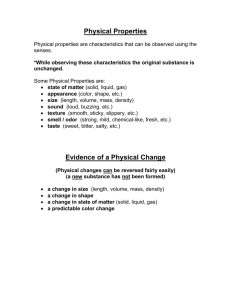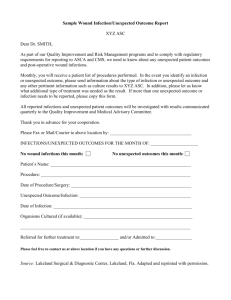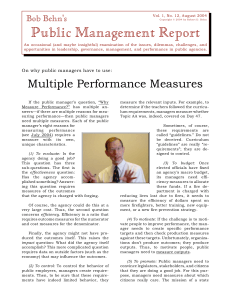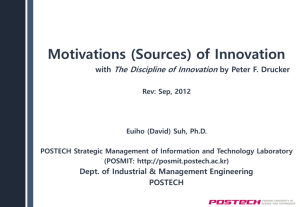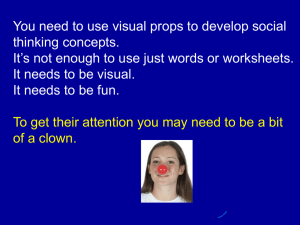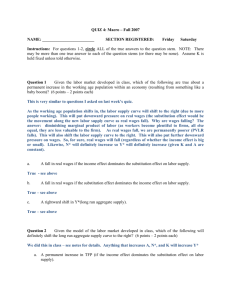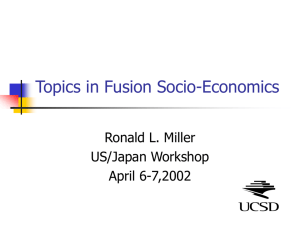Innovation and Entrepreneurship-DEG-04
advertisement
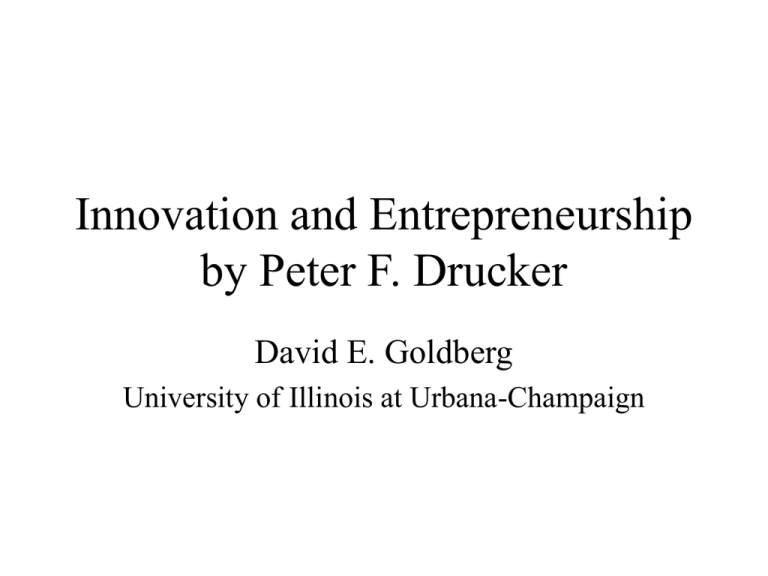
Innovation and Entrepreneurship by Peter F. Drucker David E. Goldberg University of Illinois at Urbana-Champaign Text • Drucker, P. F. (1986). Innovation and entrepreneurship. New York, NY: Harper & Row. • Long career at Claremont College. Entrepreneur • J. B. Say, “The entrepreneur shifts resources out of an area of lower and into an area of higher productivity and greater yield.” • Joseph Schumpeter 1911, Theory of creative destruction. Change is normal. 7 Sources of Innovative Opportunity • Systematic innovation consists in the purposeful and organized search for changes and in the systematic analysis of the opportunities such changes might offer for economic or social innovation. • Internal: unexpected, incongruity, process need, changes in industry structure • External: demographics, changes in perception, mood, and meaning, new knowledge Unexpected • Unexpected success: Macy’s and appliance sales. • Unexpected failure: Example of locks in India. • Unexpected outside activity: PC & IBM. Incongruity • Between is and ought • Types: – Between different economic realities. – Between industry reality and assumptions. – Between industry effort and values and expectations of customers. – Internal logic of a process. Principles of Innovation • • • • • Begin with analysis of opportunities. Innovation as conceptual and perceptual. Simple and focused. Start small. Aims at leadership. Don’ts • Don’t be clever. • Don’t diversify. • Don’t diversify for the future; diversify for the present. 3 Conditions • Innovation is work. • It builds on strength. • Innovation is an effect in economy and society. Conservative Innovator • Tries to minimize risk (cf Vincenti). • Not the usual stereotype. Overcoming Resistance to Change • • • • Culture of innovation necessary. Need innovation plan. Greed for new things. Systematic abandonment. Practices • Focus on opportunity: Usually focus on problems. • Create entrepreneurial spirit among team. • Listen to young people. Measuring Innovative Performance • Feedback from results to expectations. • Systematic review across the board. • Compare results to expectations innovation. Structure • Separate old and new. • Special locus for new. • Consider different incentives, monetary and administrative. • Differential returns on innovation. • Hold new stuff accountable. 4 Strategies • Fustest with the mostest. High risk. • Hitting them where they ain’t: creative imitation, entrepreneurial judo. • Occupy a niche. • Changing economics of product, market, or industry. Bad Habits • • • • • NIH Cream skimming. Quality: in eyes of customer not producer. Premium price. Maximizing not optimizing. Niches • Toll-gate • Specialty skill • Specialty market
